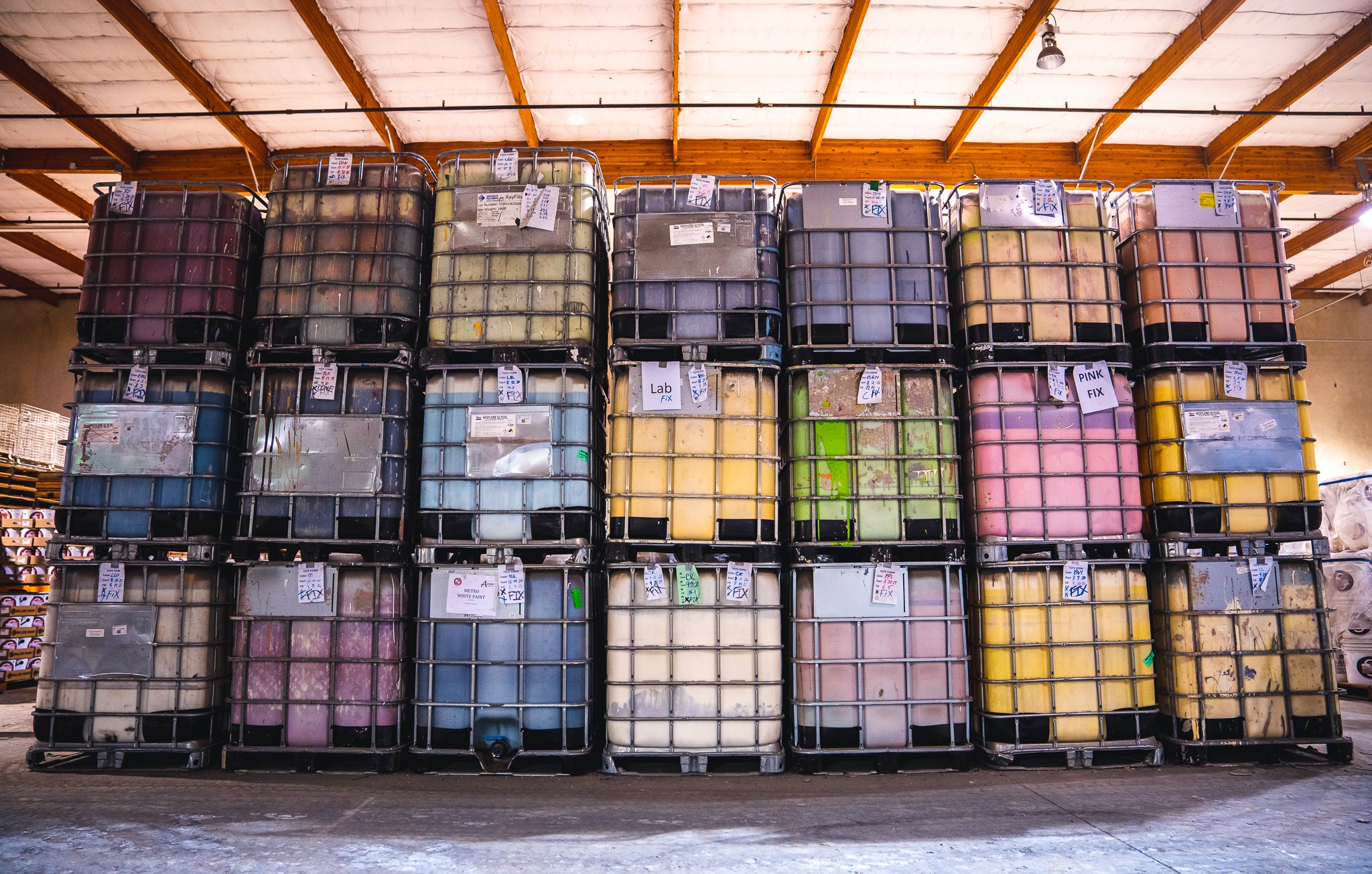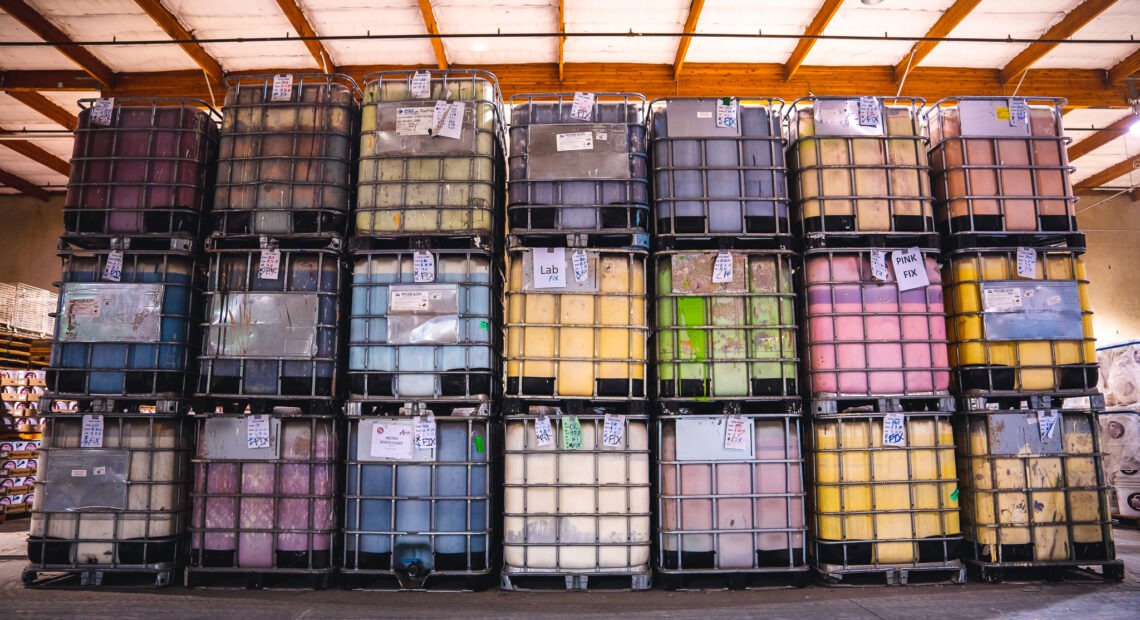
Paint A ‘Happy Little Tree’ Or Your Backyard Fence With Washington’s New Recycling Program
READ ON
If you have half-used paint cans piling up in your garage and just don’t know how to get rid of them, you’re in luck. Washington has started a new paint recycling program. It follows a similar, decade-old program in Oregon.
“It really boils down to three simple words: reduce, reuse, recycle. And it’s and it’s been really hard for people in Washington to follow that mantra when it comes to paint because there aren’t a lot of options for getting rid of your unwanted paint,” said Megan Warfield, with the Washington Department of Ecology’s solid waste management program.
Now, thanks to a 2019 paint stewardship law, most unused paint in Washington can simply be taken to a nearby drop-off site to be turned into … new paint. Around 150 locations will accept most latex and oil-based architectural paint products, including stains and varnishes.
For home renovators and commercial contractors, recycling is a lot less hassle than mixing products with kitty litter to properly throw cans away, Warfield says. And it’s a lot more sustainable than when paints are improperly disposed of.
“If it’s still in its liquid form, (unused paint) can very easily run into water bodies, soak into soil and really create a difficult cleanup,” Warfield said. “Even if (unused paint) is going into a garbage can or a garbage truck, most garbage companies don’t like to have loose liquids in their trucks. I’ve seen plenty of pictures of paint dripping out of trucks and just really making a mess.”
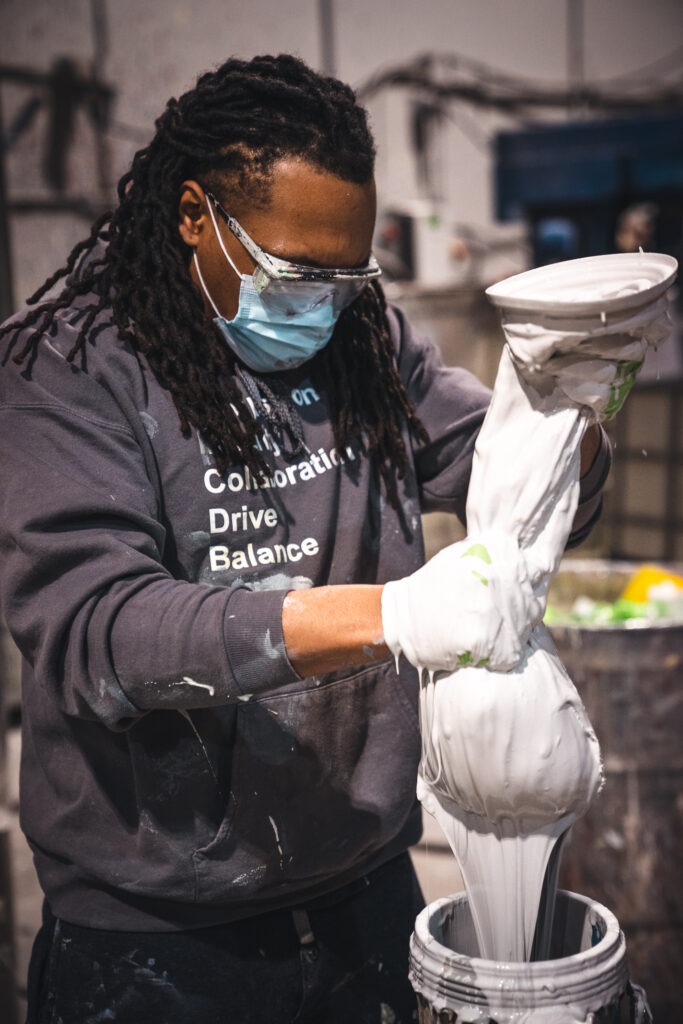
After paint is sorted into similar colors, it’s mixed together and tinted before it can be resold as recycled paint. Courtesy of PaintCare
The non-profit PaintCare will operate the recycling program. Similar to Washington’s mercury light bulb recycling fee, each can of paint sold in the state will now have a paint recycling fee – the same as in Oregon. The fee varies by the amount bought. Half pints or smaller are free; larger than half pint up to smaller than one gallon have a $0.45 fee; one gallon up to two gallons have a $0.95 fee; and larger than two gallons up to five gallons carry a $1.95 fee.
Old cans of paint are grandfathered into the program. Paint must be in original containers with original manufacturer’s labels. Contractors can get paint picked up for free.
Nationwide, about 80 million gallons of paint each year are left unused, said Jeremy Jones, PaintCare’s West Coast program manager. It amounts to about 10 percent of the paint bought each year.
“Everybody tries to buy the right amount, but there’s always a little leftover from every project, it seems, no matter how much you try,” Jones said.
Washington is the 10th state to enact a paint stewardship program. It’s modeled after PaintCare’s first recycling program – a pilot project started in Oregon in 2010.
In 2019, Oregon’s paint recycling program collected more than 767,000 gallons of paint to recycle. The program also continued to increase its permanent paint drop-off sites, with more than 95 percent of Oregonians living within 15 miles of a place to take their paint.
“Over time, the amount of paint that’s brought into the (Oregon) program has crescendoed to about 8.5 percent of the paint that is sold and gets recycled through the program,” Jones said.
Jones says that’s inching closer each year to the total estimate of unused paint.
With the paint stewardship programs, some paint is also reused. Places like Habitat for Humanity often reuse paint, Jones said. He also said PaintCare works to help people buy the right amount of paint in the first place.
“If you provide (paint stores) both the dimensions of your project and the type of paint you’re using, they can really help you zero in on the right amount of paint for the project,” Jones said.
But, if reduce and reuse don’t happen, option three is to recycle.
It’s a little different from the viral paint-mixing TikTok videos you’ve seen or heard about. Paint recyclers separate by color and then recycle batches. After some filtering and tinting, recycled paint ends up in a can on store shelves, often at a lower price.
“It’s amazing the color range that they’re able to produce from just this mishmash of all different colors that they get through this program,” Ecology’s Megan Warfield said.
Related Stories:

Clean Earth waste container leaks hazardous materials, crosses public roadways
The Washington State Department of Ecology issued a $37,000 fine last week to a hazardous waste transportation company for failing to report a corrosive material leak.
Clean Earth Specialty Waste Solutions manages transportation of hazardous waste for businesses across Washington.
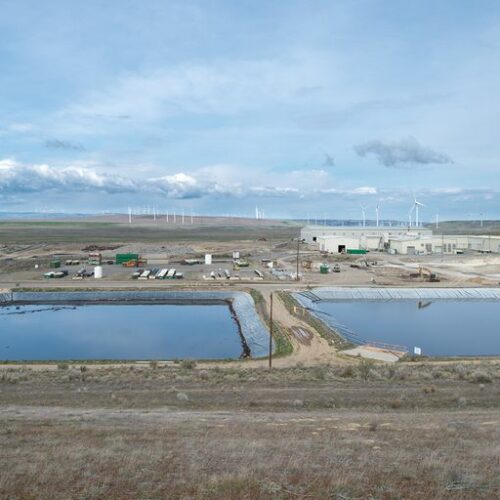
Hazardous Waste Landfill Near Columbia River Seeks To Expand
Military cleanups, federal Superfund sites, firefighter training facilities — all are among reasons cited by Chemical Waste Management, or CWM, to expand its hazardous waste operation outside the Columbia River town of Arlington.
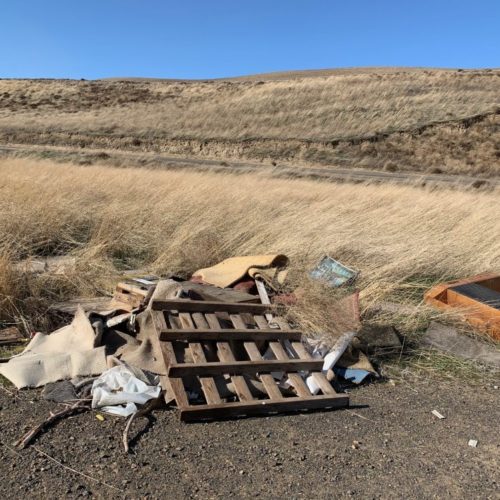
One Person’s Trash Is Another’s Mess. So Please Stop Dumping It During Pandemic, Officials Ask
Highway rest area dumpsters have been filled to the brim. Recently, Washington Transportation Dept. employees hauled two truckloads of appliances, scrap metal and other junk from the side of State Highway 225, outside Benton City.

